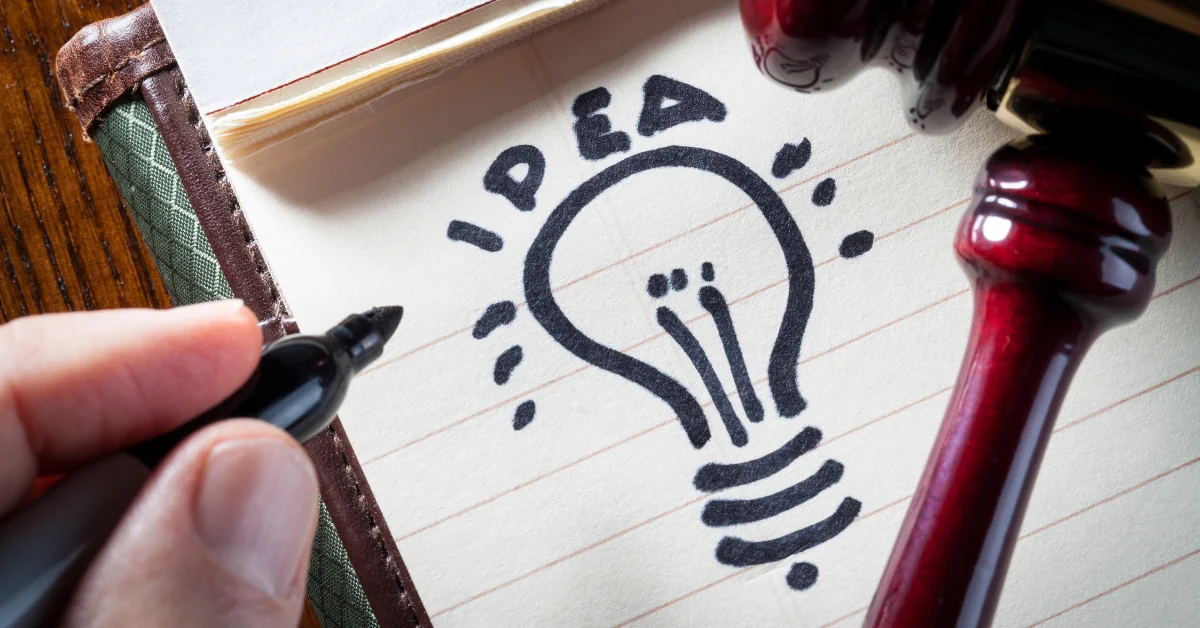The Tension Between Building and Protecting
I’ve lived in two worlds that don’t always get along.
In one, I’ve built things—written code that turned nebulous ideas into functioning systems, watching concepts materialize on screens through nothing but determination and caffeine. In the other, I’ve protected things—translated those same creations into careful legal language designed to survive scrutiny and challenge.
And between these worlds, I’ve felt the persistent tug-of-war that few people talk about.
There’s the undeniable thrill of bringing something new into existence—raw, unpolished, imperfect, but undeniably alive. The rush that comes when your function finally returns what you expected, when your model finally converges, when your system finally does what you envisioned.
Then there’s the disciplined art of stepping back—of transforming that vibrant, messy creation into something methodical, precisely defined, and legally defensible. Of asking not just “Does it work?” but “Can we protect why it works?”
Creation and protection. Velocity and deliberation. Inspiration and documentation.
You might assume these forces oppose each other fundamentally. But I’ve come to understand that they’re more like reluctant dance partners—awkward together, but incomplete apart. And learning to hold both simultaneously? That’s where the real challenge lies.
The Builder in Me Thrives in Creative Chaos
When I’m deep in development mode, I’m chasing flow state. I love the controlled chaos of it all—the whiteboard diagrams that only make sense to their creator, the temporary workarounds that somehow become permanent features, the breakthrough moments that arrive at 2 AM when reasonable people are asleep.
Building is inherently messy, and that’s by design. You pursue paths that lead nowhere. You implement solutions held together by the digital equivalent of duct tape and optimism. You experiment without asking for permission or forgiveness.
It’s beautiful chaos—but it’s yours. And in those moments when something finally works, even if it’s just a small component of a larger vision, you feel the particular satisfaction that comes from manifesting an idea that previously existed only in your mind.
The Protector in Me Values Precision and Structure
But when I shift into my role as a patent agent, everything changes.
The energy transforms from frenetic creation to methodical analysis. Now it’s about structure. Language. Boundaries. The focus shifts to what can be claimed, what should be claimed, what represents genuine novelty among a sea of prior art.
It’s not chaos anymore. It’s chess. And every term, every limitation, every careful description has potential consequences years into the future.
The questions change from “How do we build this?” to “How do we define this in a way that survives examination?” “How do we protect the core innovation without limiting its evolution?” “How do we anticipate how others might work around our claims?”
There’s a different kind of satisfaction here—in taking something inherently ephemeral and giving it solid form. In creating a legal framework that might outlast the code itself.
The Conflict: Momentum vs. Deliberation
And here’s where the tension becomes palpable.
Builders instinctively want to maintain momentum. Protectors necessarily need to pause.
Innovation thrives on forward motion, on rapid iteration, on the freedom to pivot and adapt. But protection requires stillness—time to reflect, define, document, and formalize.
When you inhabit both worlds simultaneously—as I do—it’s easy to feel perpetually torn. Am I hampering progress by introducing legal considerations too early in the development process? Am I jeopardizing potential protection by allowing the technical work to advance without proper documentation?
Sometimes the answer is yes to both. And that contradiction becomes a professional identity crisis you carry with you from meeting to meeting, from project to project.
Perhaps the Tension Itself Has Value
But I’ve started to consider a different perspective: What if this tension itself serves a purpose?
Maybe protecting an innovation too early smothers it before it can find its true form. Maybe protecting it too late leaves it vulnerable to appropriation or dilution. Maybe my role—the work I’ve chosen—isn’t to resolve this tension but to navigate it skillfully.
To speak both languages fluently. To recognize when to say, “Keep building, we’re not ready to formalize this yet,” and when to say, “It’s time to pause and ensure no one can take this from you.”
Because creation without protection can evaporate into the ether, leaving nothing but screenshots and memories. And protection without vibrant creation underneath is just hollow paperwork.
Finding My Path Through the Middle
I’ve stopped trying to definitively choose one side of this equation. Instead, I’ve learned to ask more nuanced questions:
- Has this innovation matured enough to benefit from formalization, or would legal structure constrain its development?
- Is there something uniquely valuable here that others haven’t recognized yet?
- What would it take to give this idea the protection it deserves—without extinguishing the creative spark that made it worth protecting in the first place?
These aren’t purely legal questions or strictly technical ones. They’re fundamentally human questions about value, timing, and purpose.
The Integration of Opposites
In a world increasingly defined by specialized knowledge and rigid professional identities, there’s something powerful about embracing seemingly contradictory perspectives.
I want to be the kind of professional who honors both sides of the innovation journey—the beautiful chaos and the necessary order. The experimental freedom and the protective boundaries. The lightning-strike moment of creation and the patient, precise work of preservation.
Because in a world that moves at digital speed, protecting what matters takes more than technical or legal skill.
It takes a certain kind of care—care that comes from understanding both the exhilaration of building something new and the discipline required to ensure it endures.






